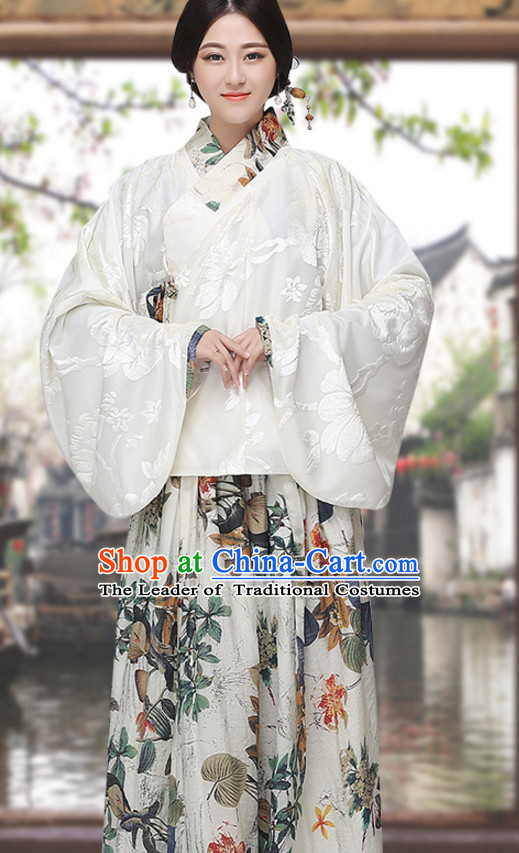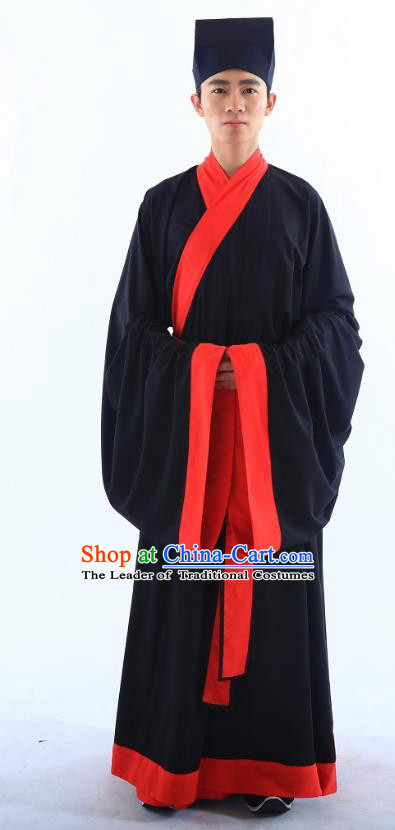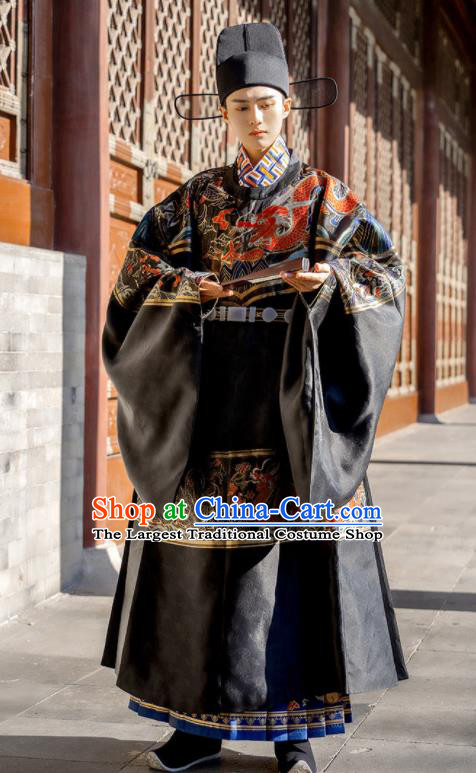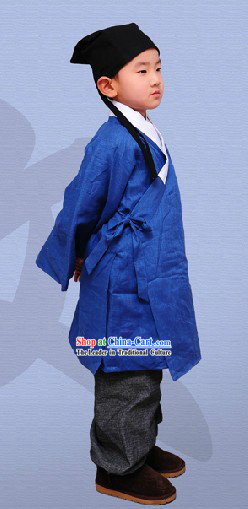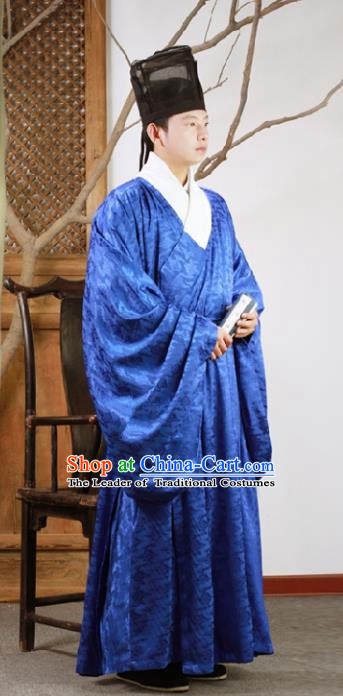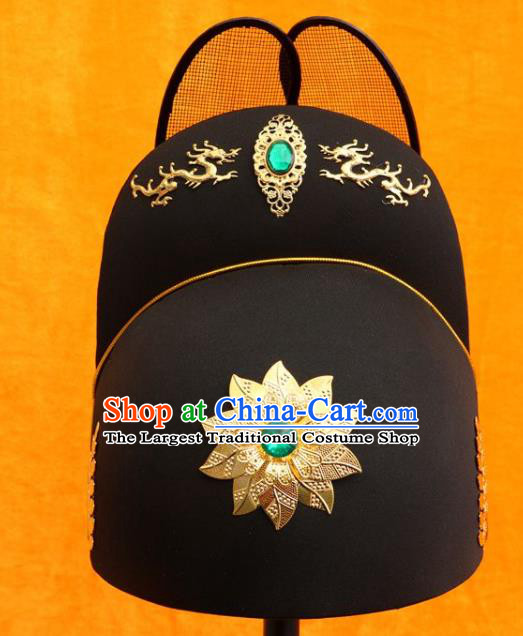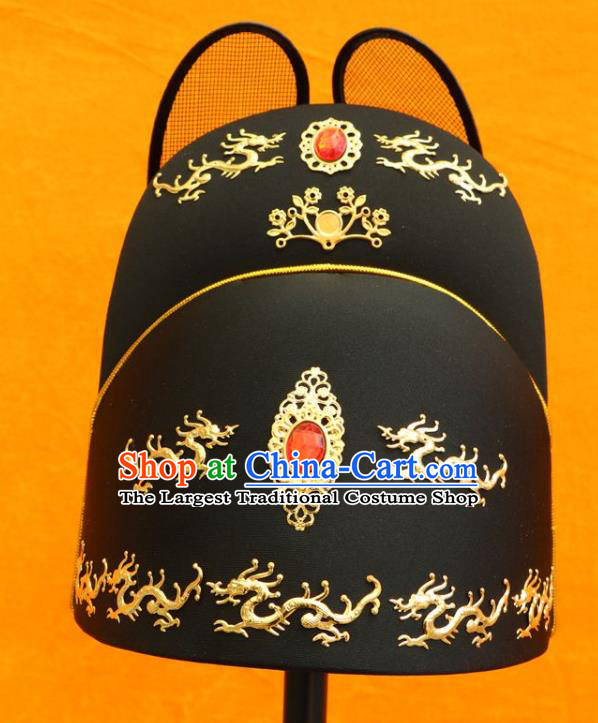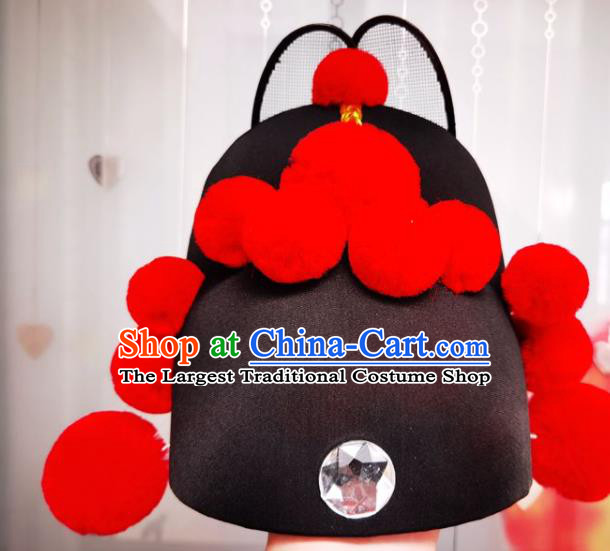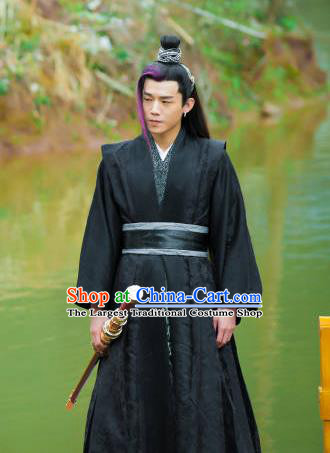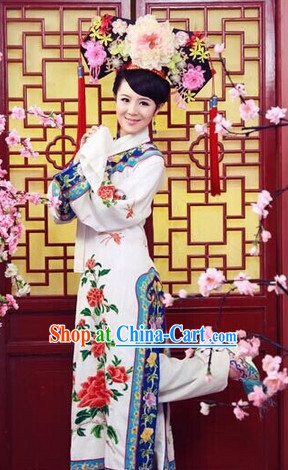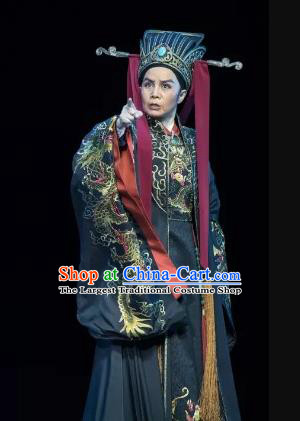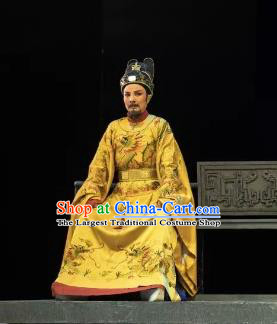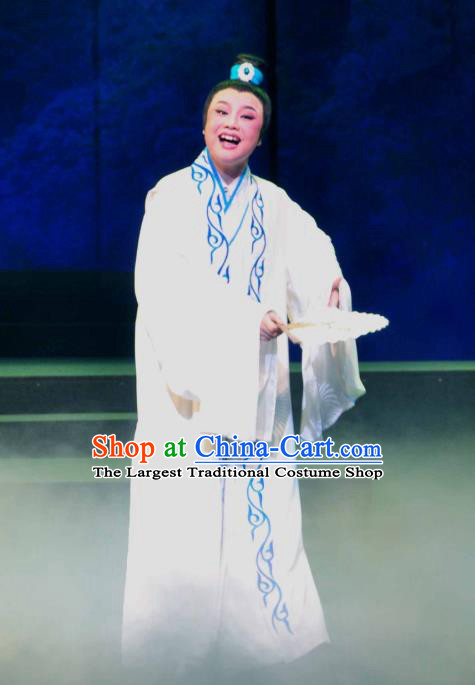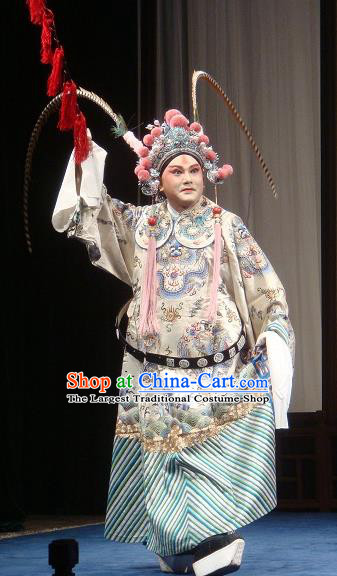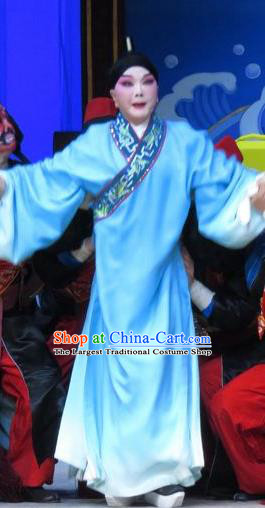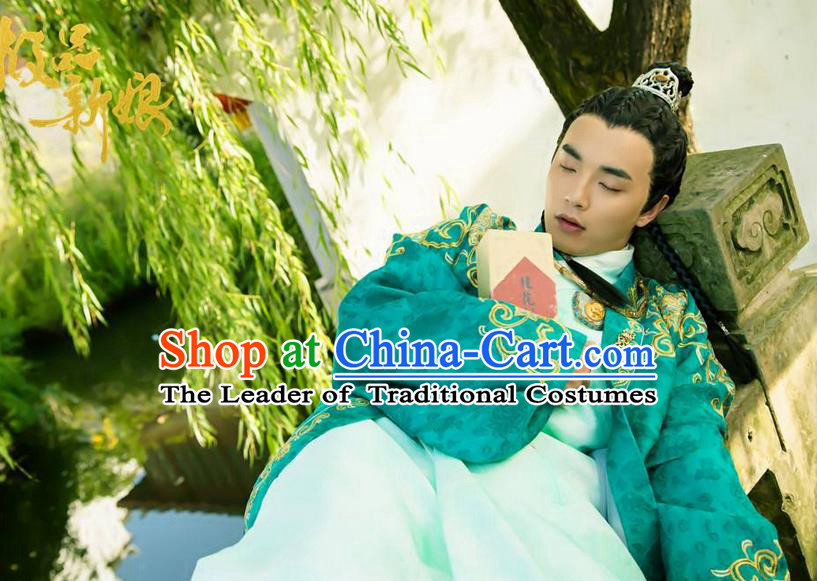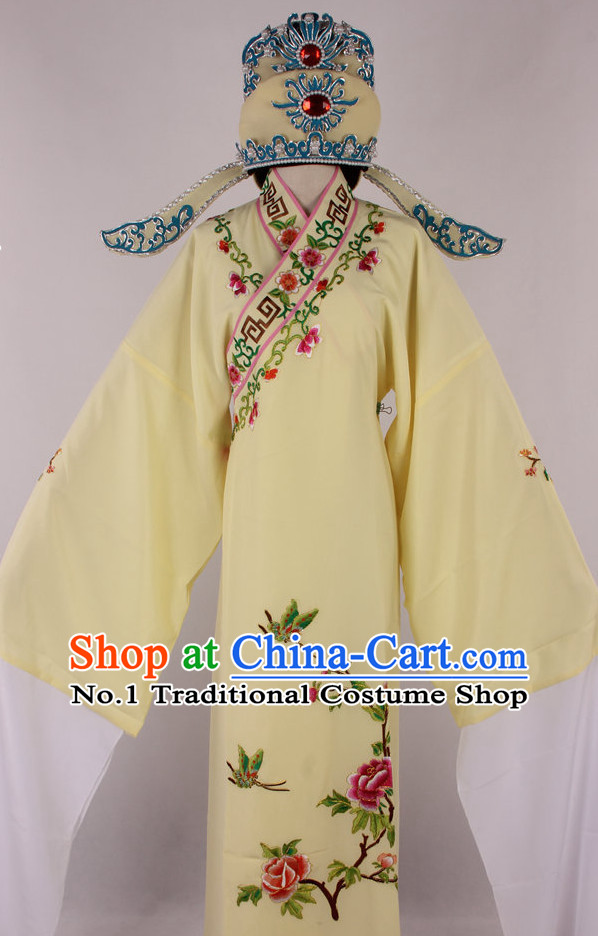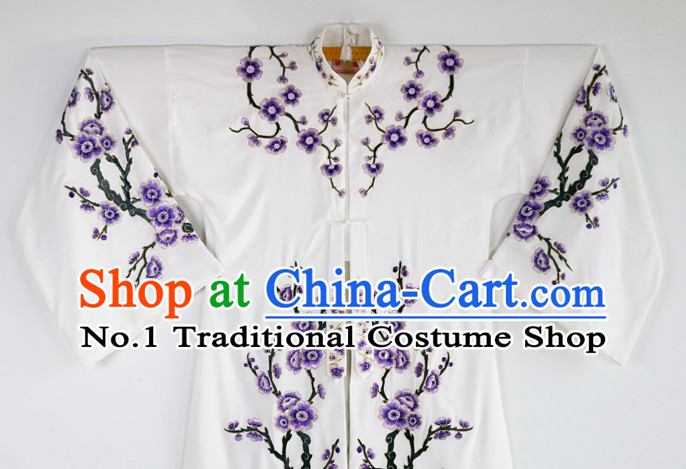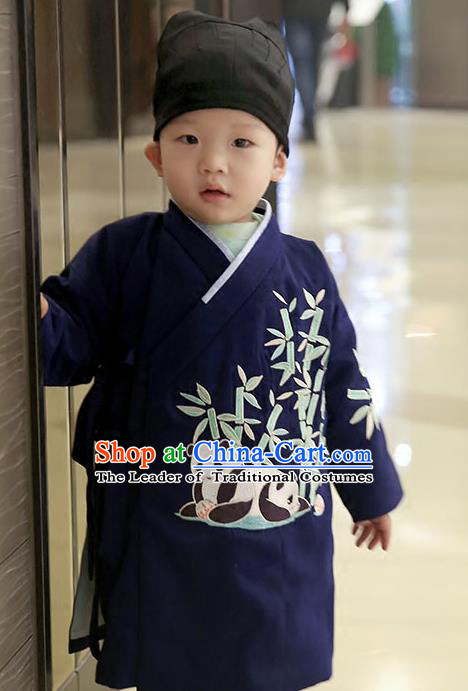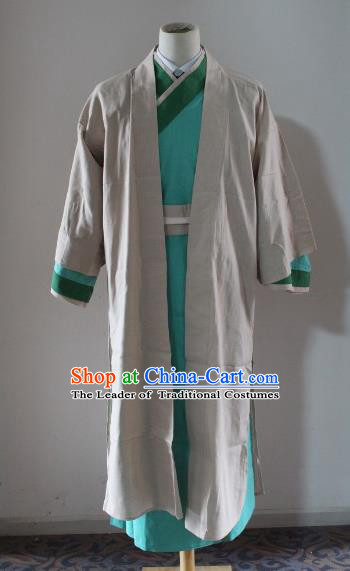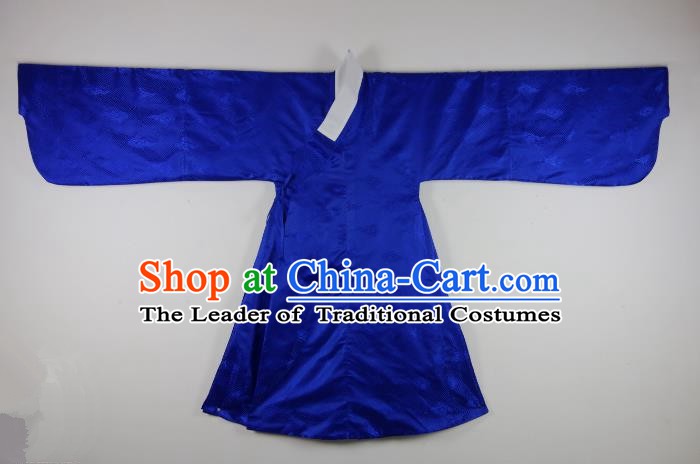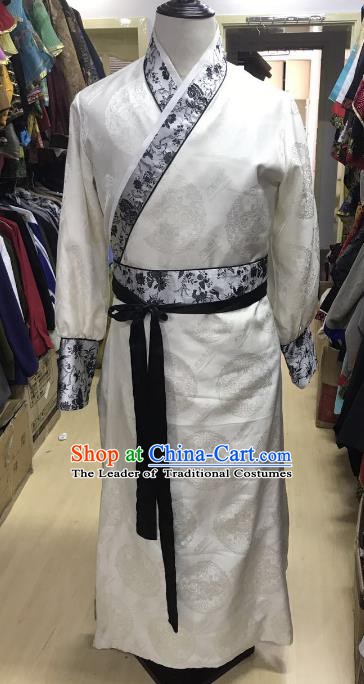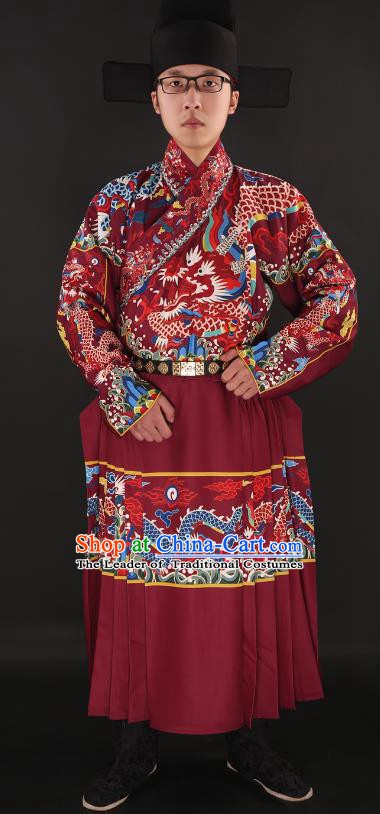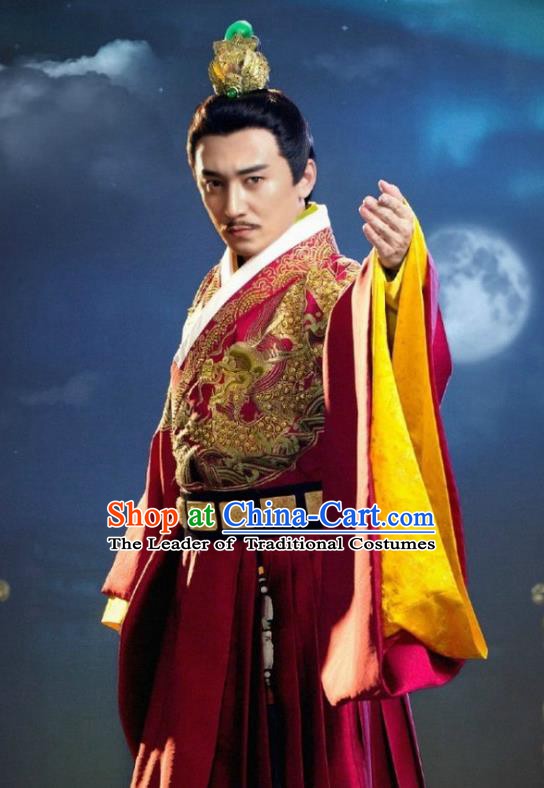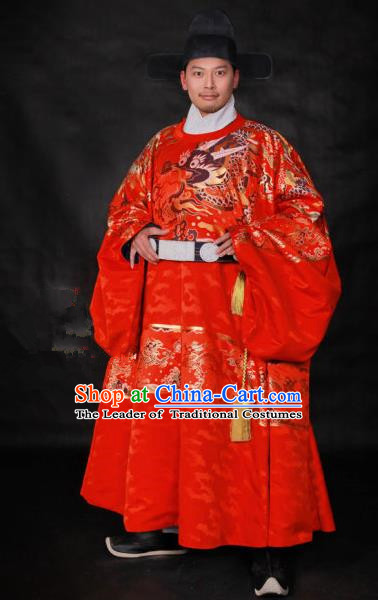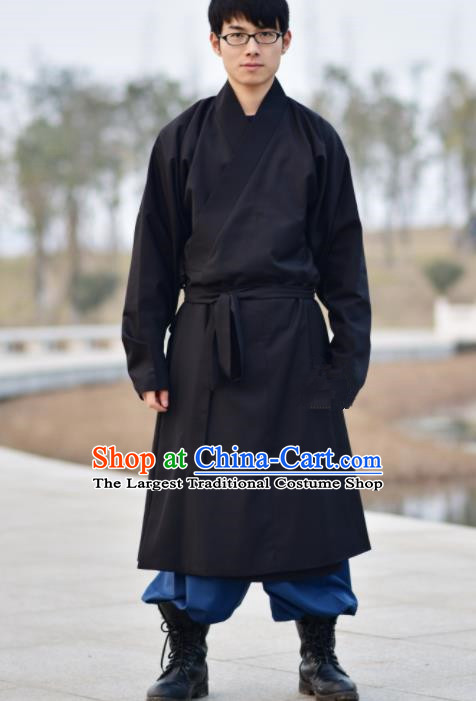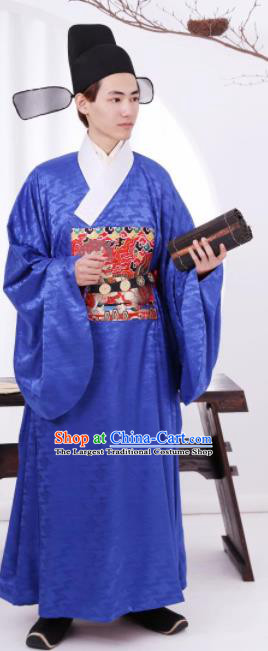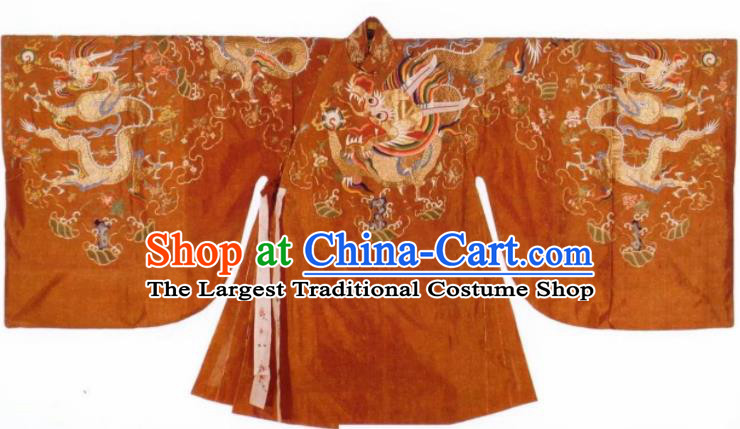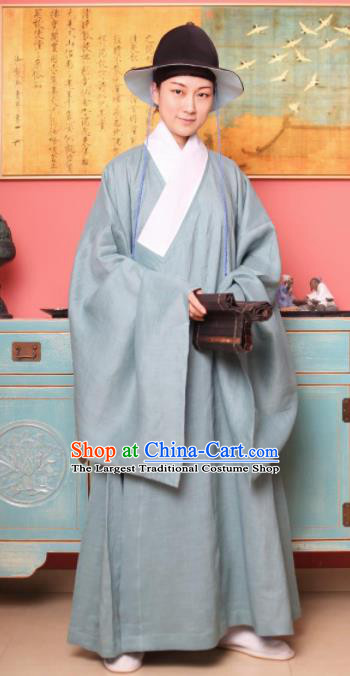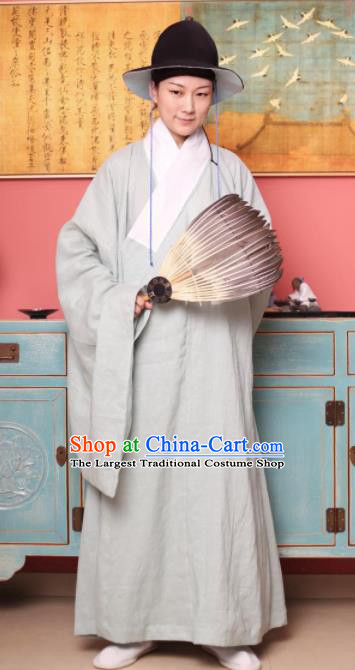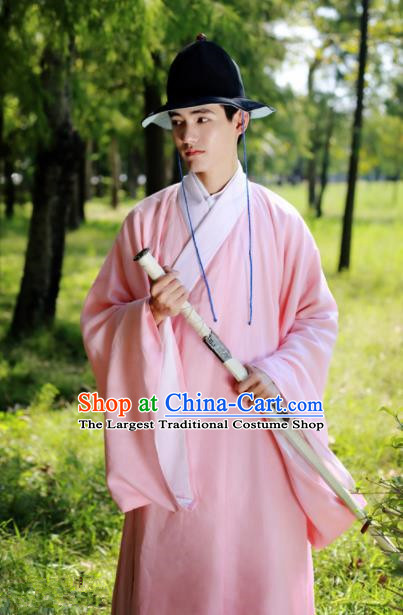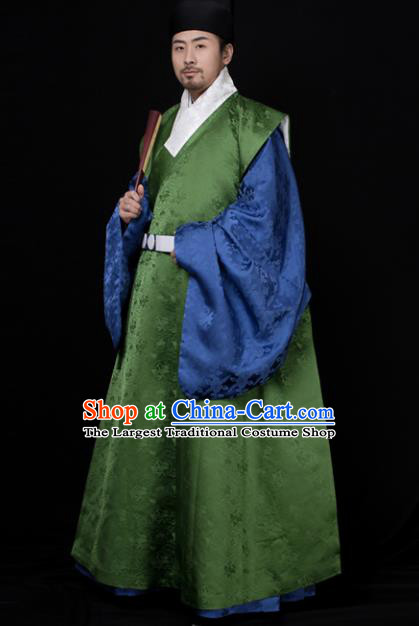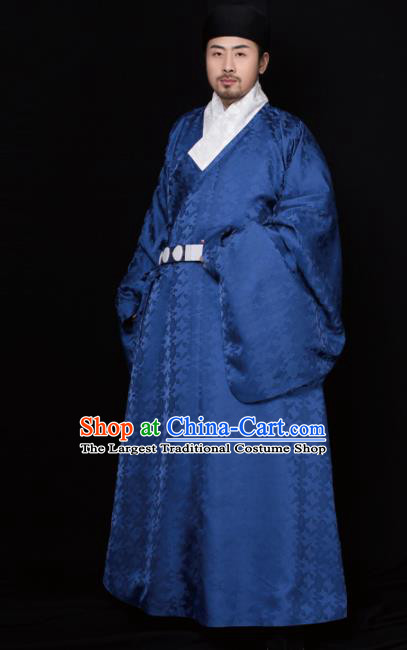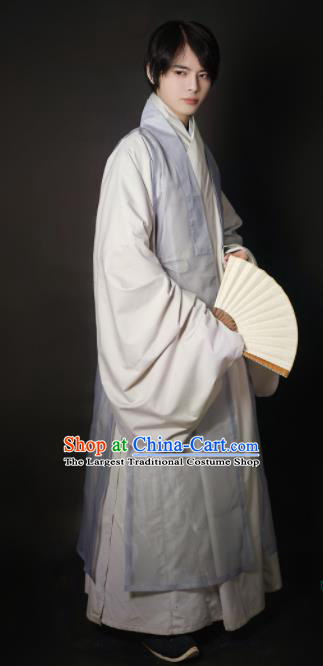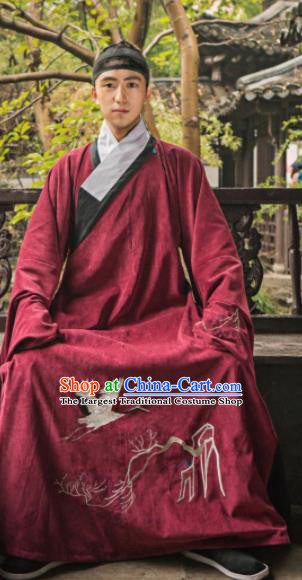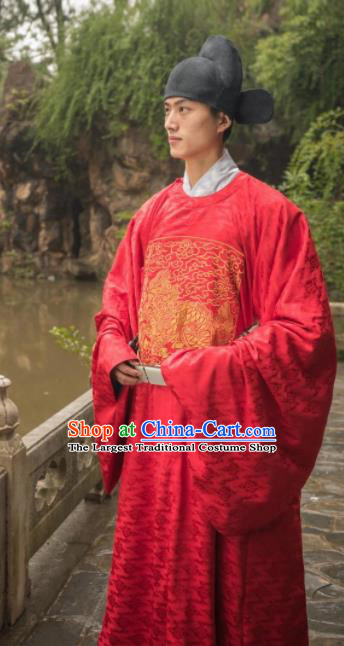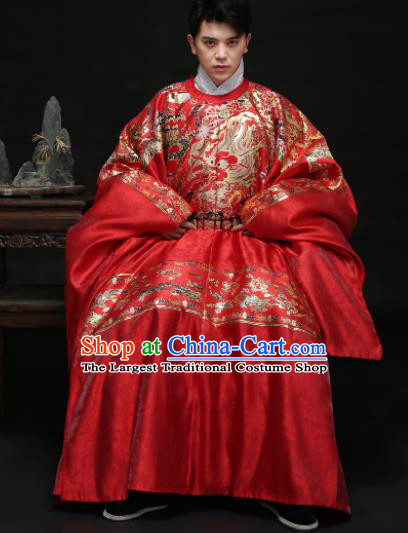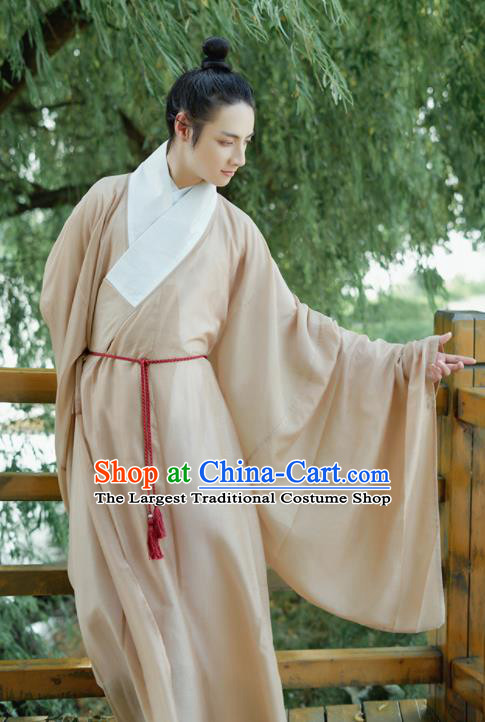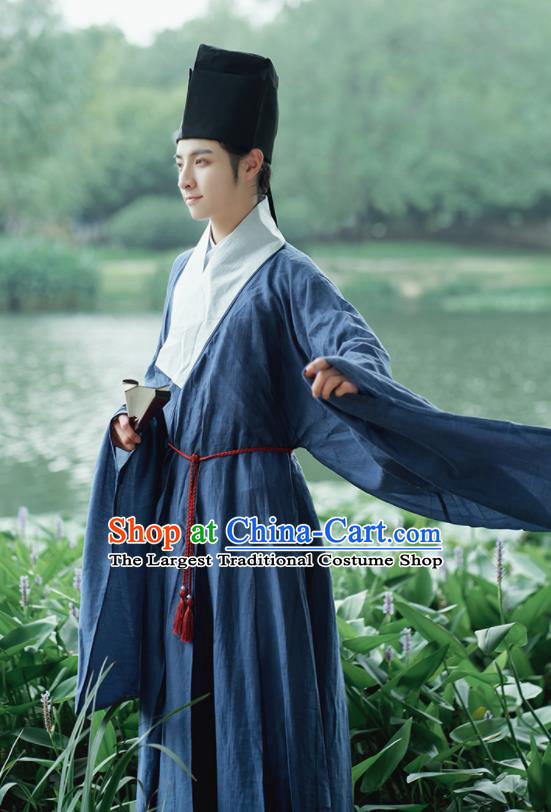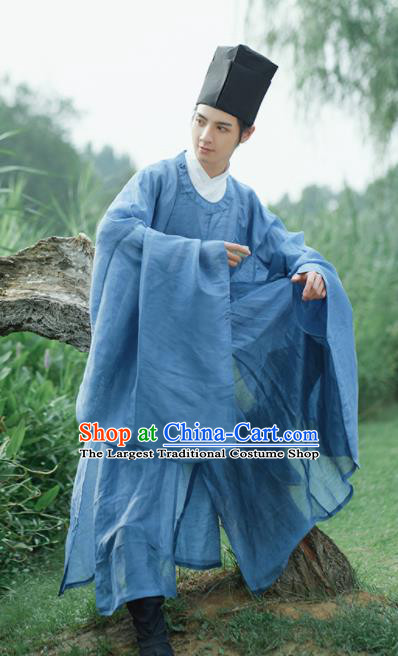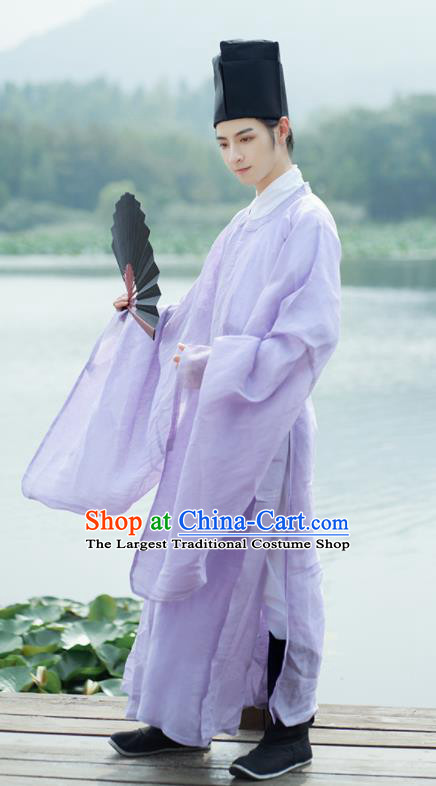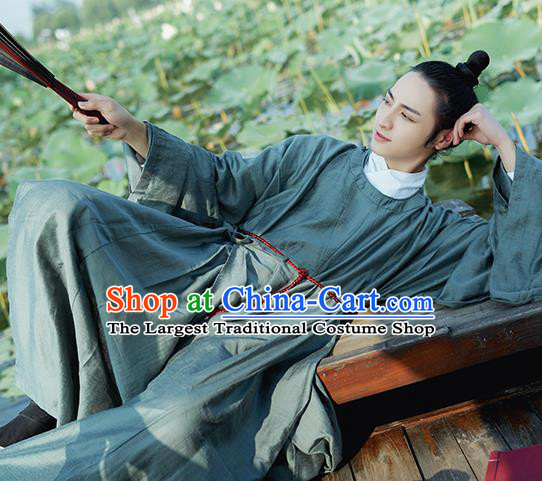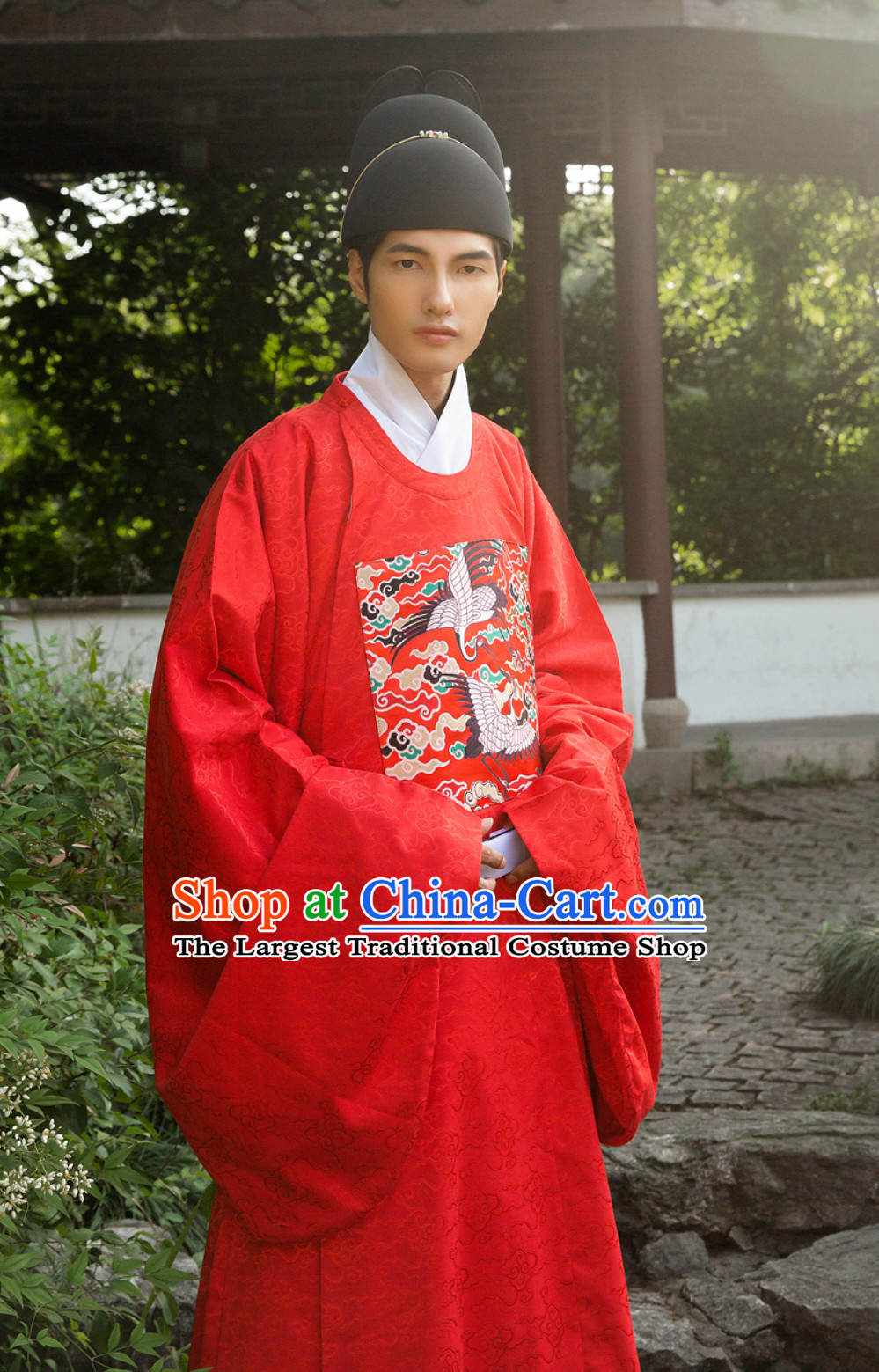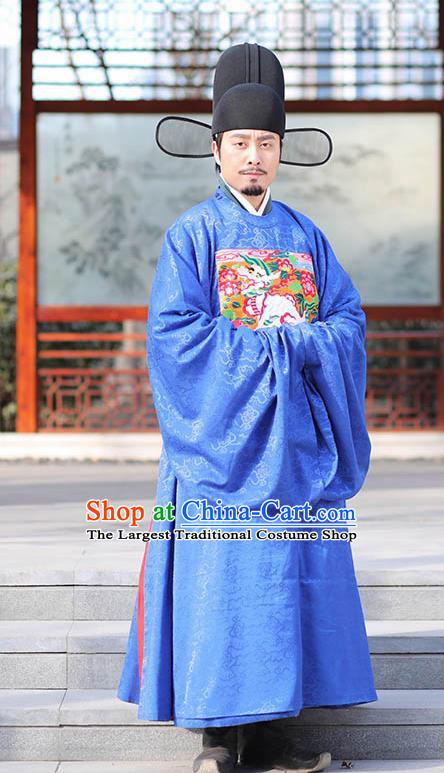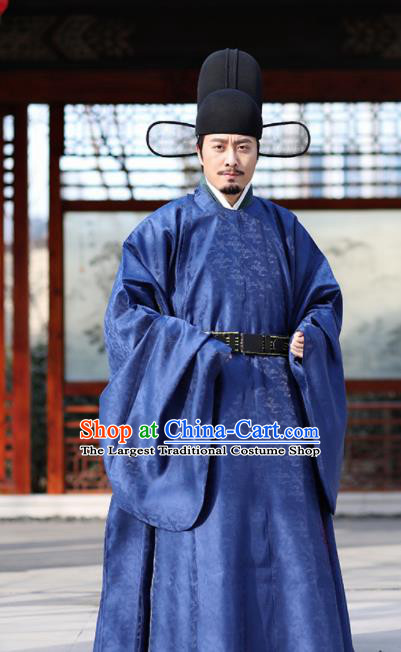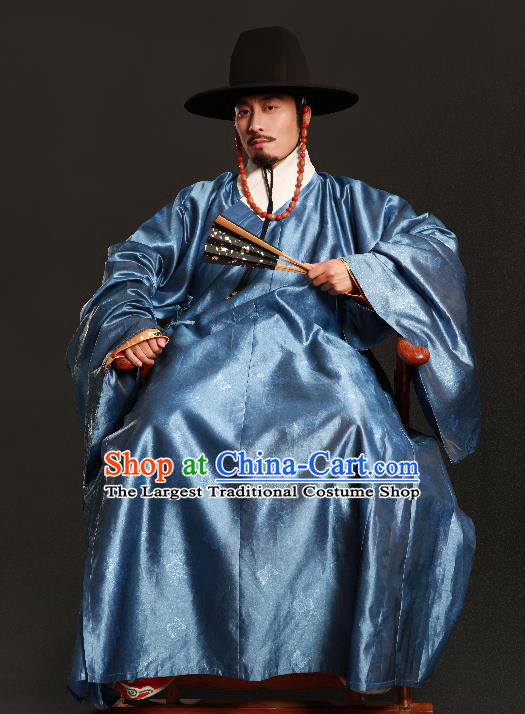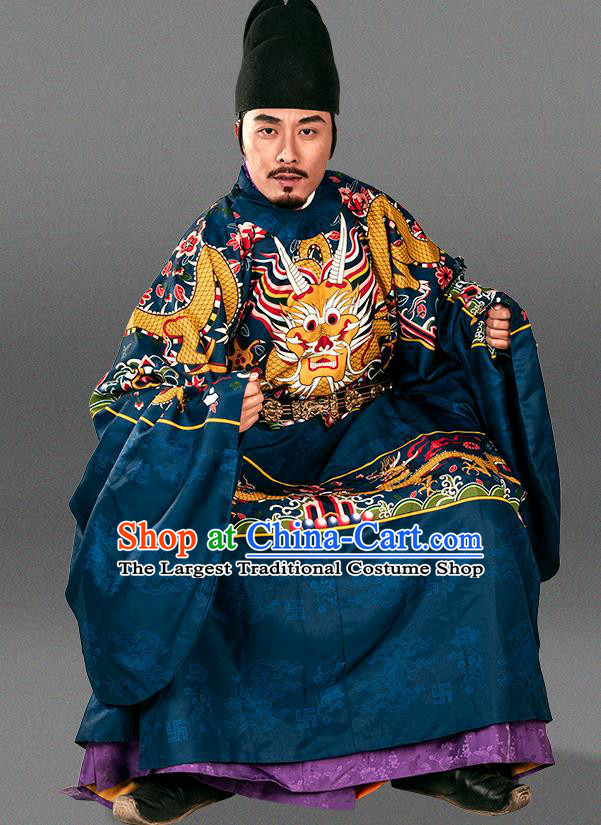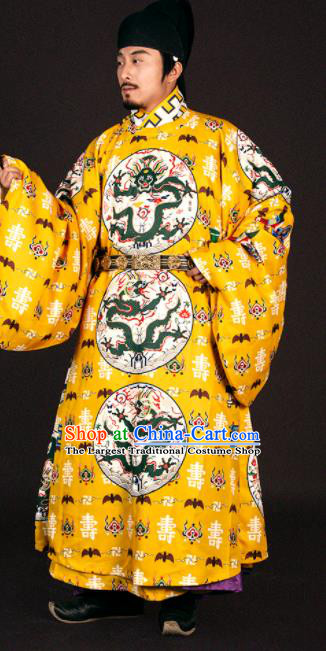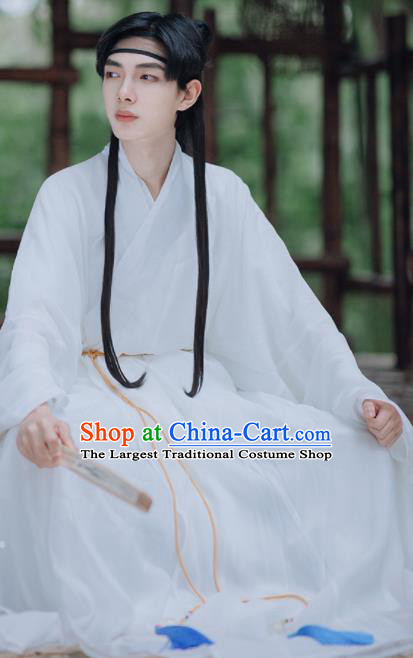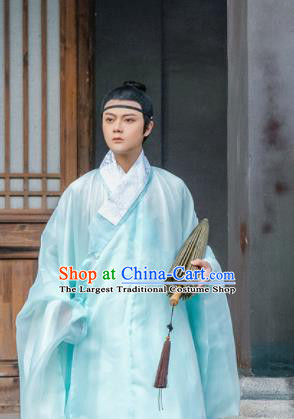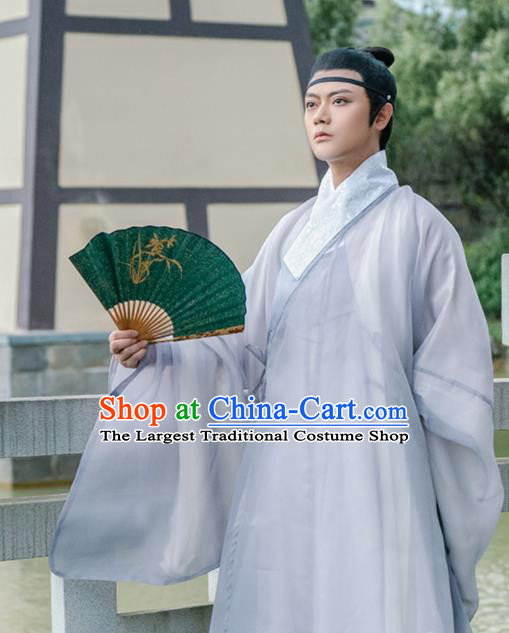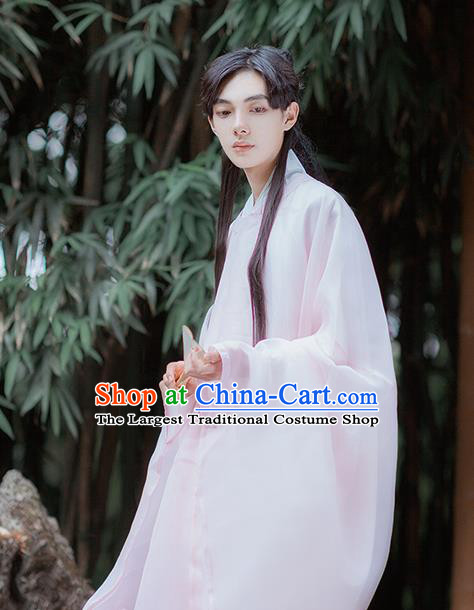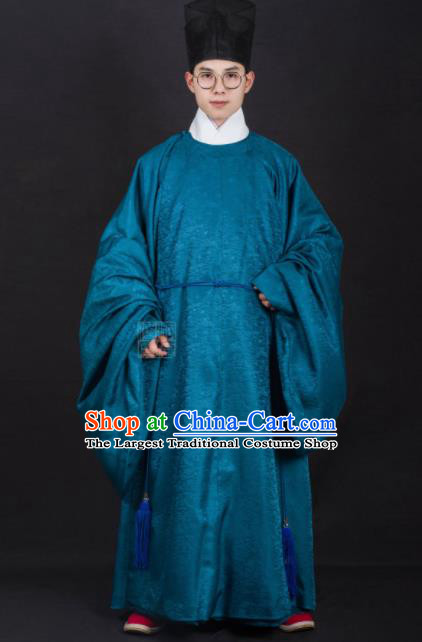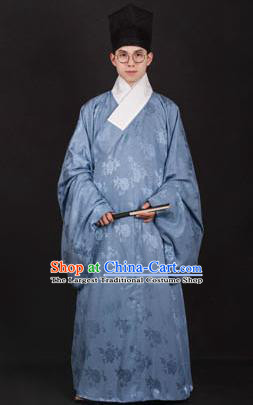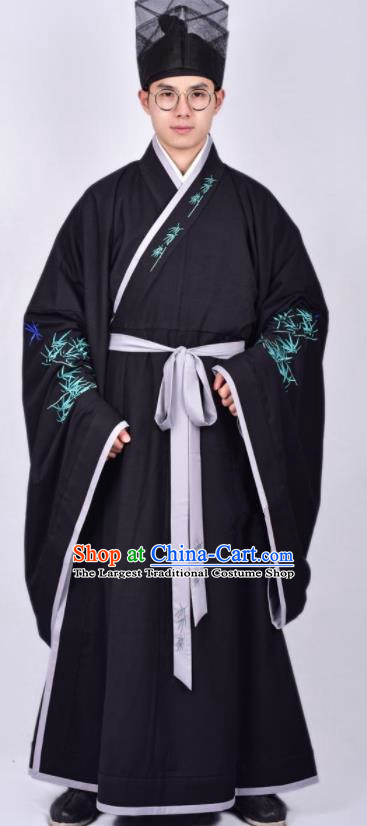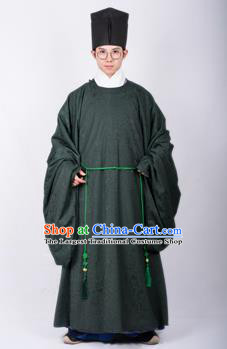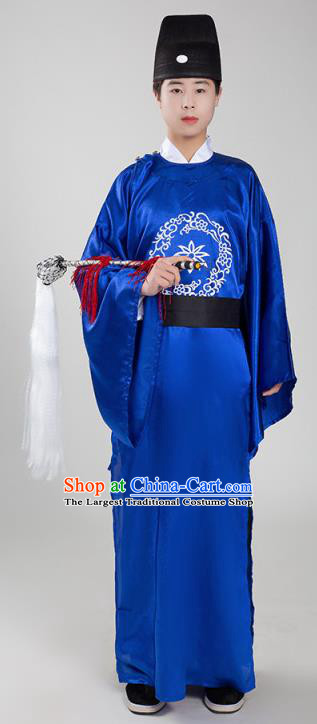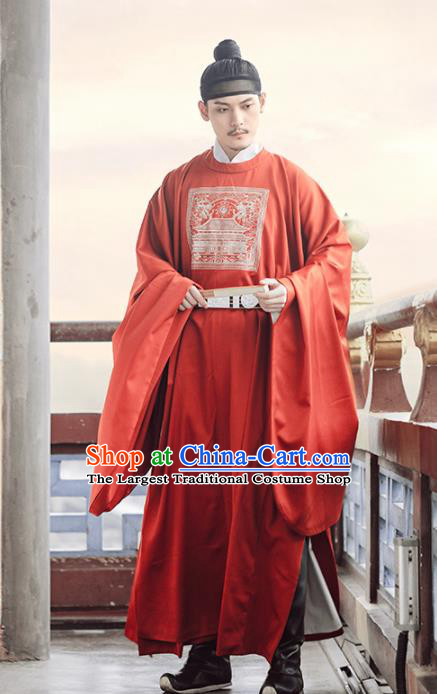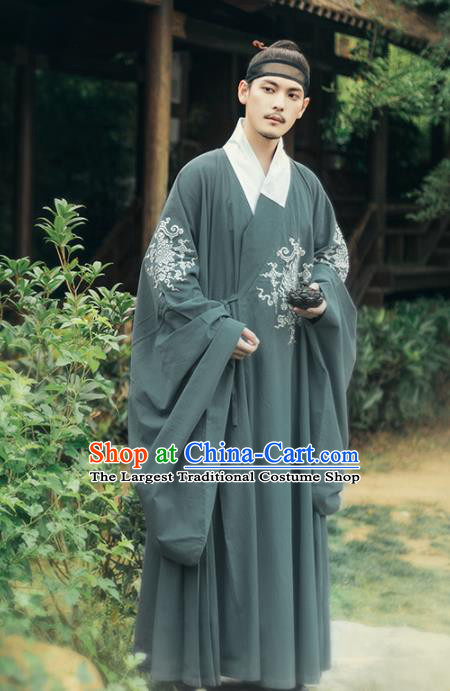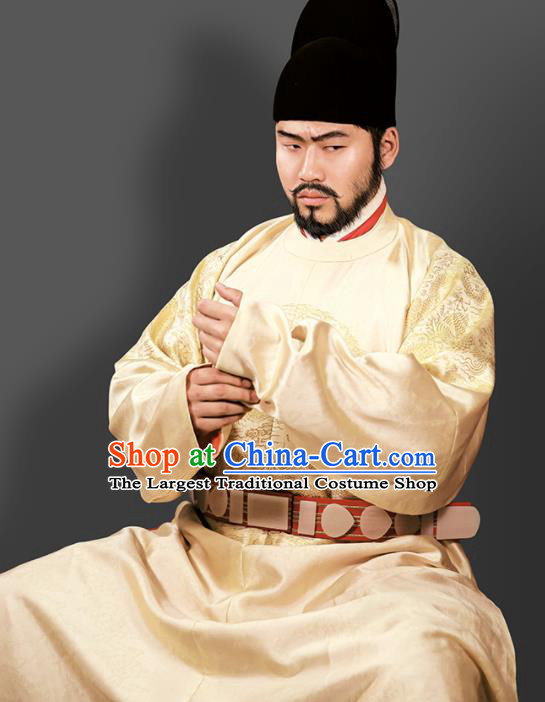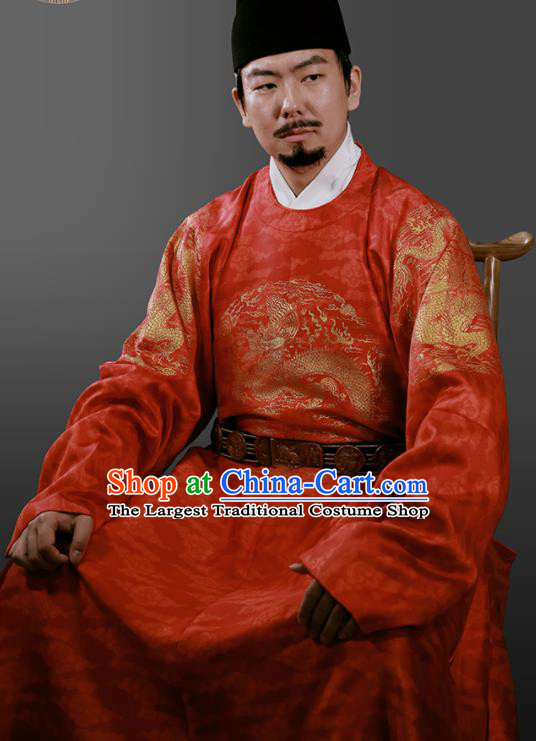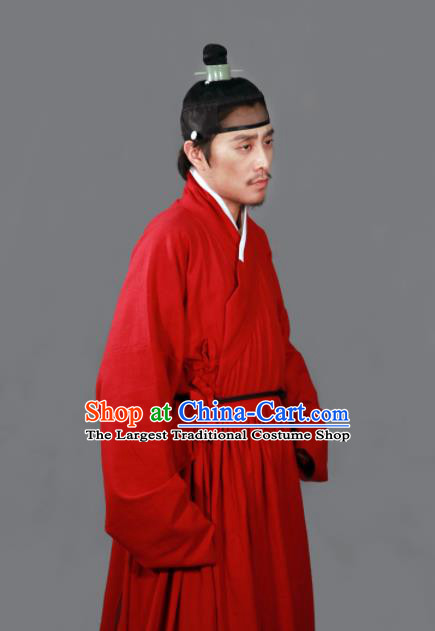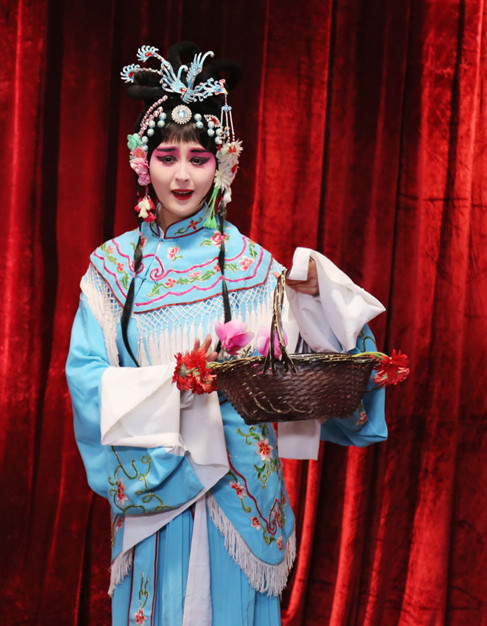
Click Related Pictures for More Audios:
The Ming Dynasty Opera Costumes Long Robe and Headwear are a testament to the rich cultural heritage of China.
These exquisite garments, which consist of a long robe and headwear, were worn by performers during the Ming Dynasty (1368-1644) and have since become an iconic symbol of traditional Chinese opera.
The intricate designs and vibrant colors of these costumes showcase the skill and creativity of Chinese artisans, who used a variety of materials such as silk, cotton, and brocade to create their masterpieces.
The long robe is a flowing garment that covers the entire body from the shoulders down to the ankles.
It is often adorned with intricate embroidery, patterns, and symbols that represent different aspects of Chinese culture and mythology.
The headwear, on the other hand, consists of a cap or hat that is worn over the long robe.
This accessory is also decorated with intricate designs and symbols that complement the overall look of the costume.
Apart from their aesthetic value, these costumes hold historical significance.
They served as a means for performers to express their emotions and convey their roles within the opera.
The intricate designs and symbolism also provided insight into the beliefs and values of the Ming Dynasty society.
In addition to their cultural significance, these costumes also hold a special place in the hearts of many Chinese people.
They serve as a reminder of the rich history and traditions of their country and provide a sense of pride and identity for those who wear them.
For example, during the annual Mid-Autumn Festival, many people will don traditional Chinese costumes and participate in various activities such as lantern making and moon watching.
Overall, Ming Dynasty Opera Costumes Long Robe and Headwear are not just beautiful pieces of clothing but also important cultural artifacts that reflect the values and beliefs of a bygone era.
They continue to inspire and captivate people around the world with their intricate designs, vibrant colors, and historical significance.
